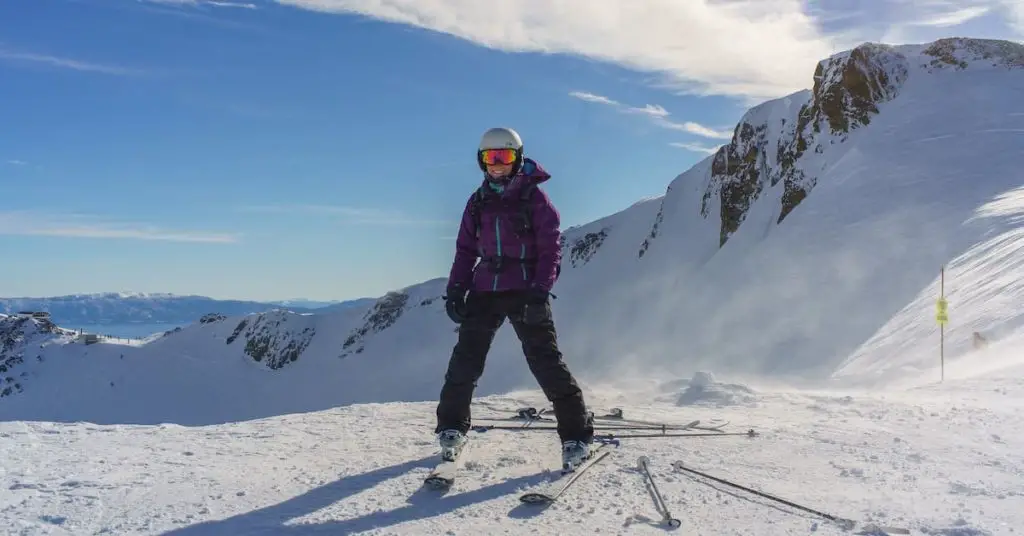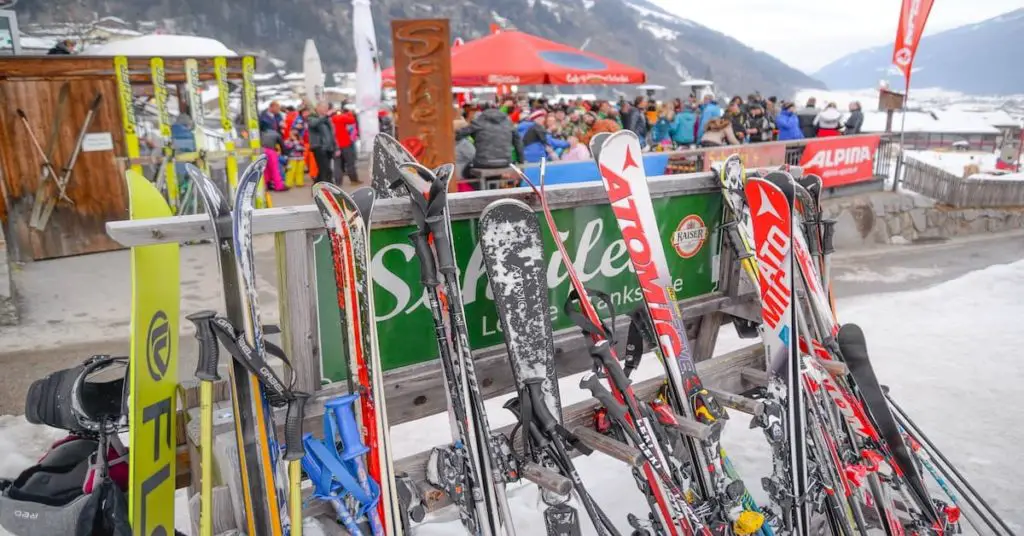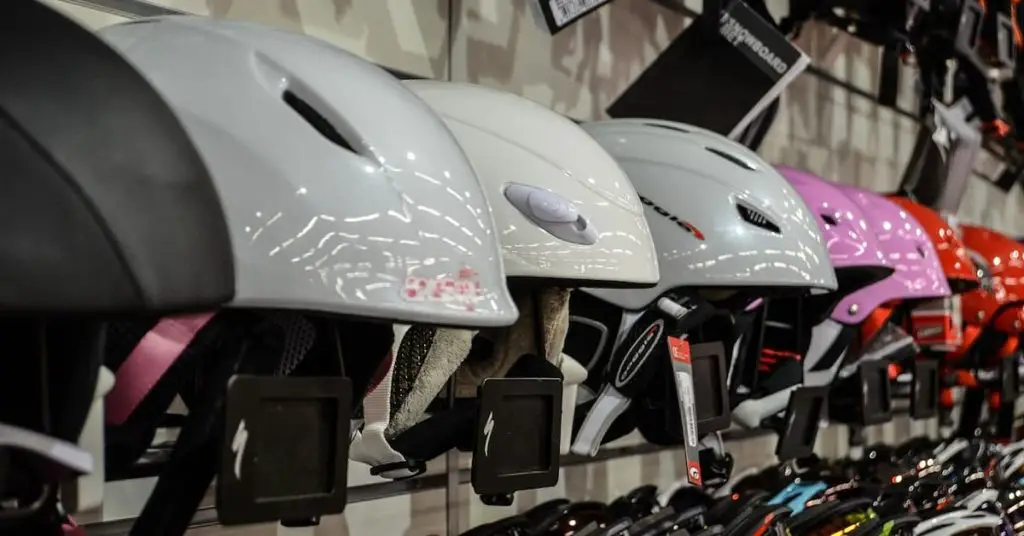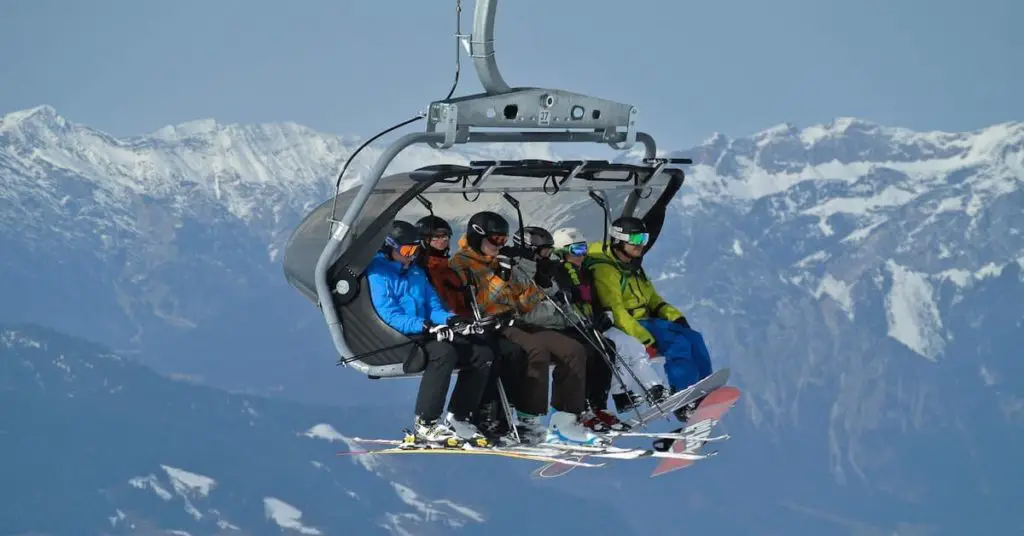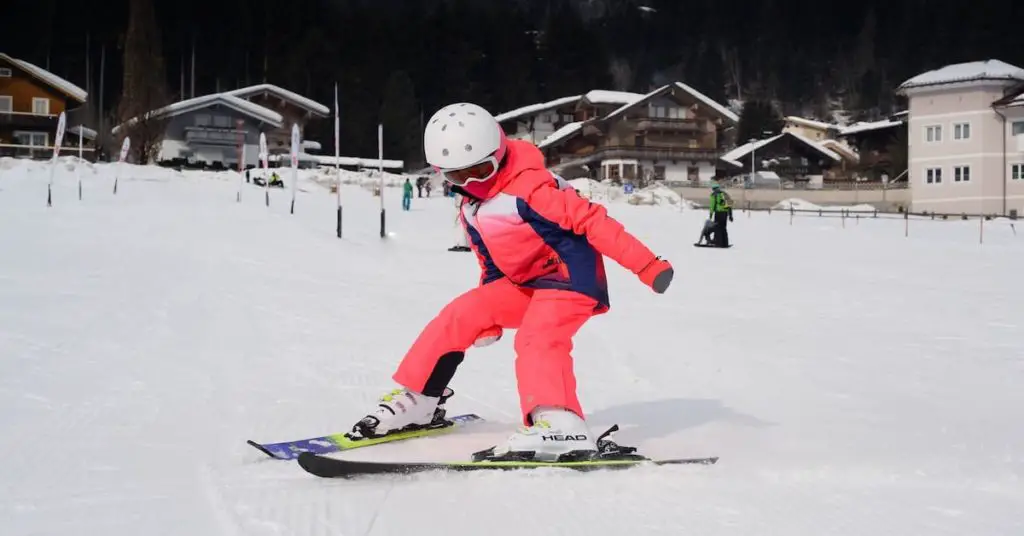Ski waist width is one of the standard references besides ski length when we choose skis. There’s a vast range of widths to suit different snow conditions and terrains. Sometimes it can be hard to decide on a suitable width. Below I explain how the ski waist width affects skiing. And how to choose it for kids and adults.
When you look at ski features, the ski width measurement is like this, 123/76/109. The three numbers mean Tip/Waist/Tail Widths. As you can see, the fattest point at the tail and front of the ski takes width measurement, too. However, we’re concentrating on the middle one in this topic.
Table of Contents
Is a Broader Ski Better?
Generally, we choose ski width depending on snow powder conditions and ski types. Waist width has a significant effect on the turn and performs better flotation on and uneven snow. The reason is wider skis put more surface contact with snow and spread the skier’s weight over.
Narrower waist widths are quicker edge to edge during turns. Wider skis are more stable underfoot. Because they have a large surface area to improve float on soft snow.
Width Measurements by Ski Types and Terrains
Sub-70 mm – Race ski is also known as Ski mountaineering racing.
70-85 mm – These skis are quicker from edge to edge and great for carving, park skiing, and groomed runs. They are great for beginners to have an easy start.
<95 mm – Waist widths under 95 mm are generally used for piste skis.
85-105 mm – Twintip and park skis also called freestyle skis. They are for people who mainly ski in the terrain park.
85-110 mm – Skis are versatile, capable of effectively taking the skier on and off a ski run at medium-sized waist width. However, skis in this range don’t significantly compromise the skier’s ability to turn on a mountain or venture into powder.
95-108 mm – Off-piste skis, sometimes called backcountry skis. It means you will skiing in any type outside of the patrolled boundaries ski area.
>110 mm – The waist width for powder and big mountain skis can vary from mountain to mountain. These wide skis compromise the skier’s ability to turn on the hill. Also, they provide flotation and stability in big mountain terrain. Generally, the range is between 100-120 mm.
| Race | sub-70 mm |
| Groomed/carving/Beginner | 70-85 mm |
| Piste/Moguls | <95 mm |
| Twintip/Park/Freestyle | 85-105 mm |
| All-mountain | 85-110 mm |
| Off-piste/Backcountry | 95-108 mm |
| Powder/Freeride/Big mountain | >100 mm |
Width Measurements by Snow Condition
There is ski waist width suggestion from leading online retailers.
Backcountry.com
| Ice/Scraped Hardpack | 60-70 mm |
| Groomed Packed Powder | 70-90 mm |
| Ungroomed Packed Powder | 85-105 mm |
| Crud/Chop | 100-115 mm |
| Powder | 110+ |
REI.com
| Frontside | Up to 85 mm |
| All-mountain | 85 to 95 mm |
| All-mountain Wide | 90 mm to 109 mm |
| Powder | 109+mm (men), 100+mm (women) |
Skis.com
| Groomed trails | <85 mm |
| Mostly groomed trails with some time in the powder | 85 – 95 mm |
| Ideal all-mountain width | 96-110 mm |
| Ungroomed terrain | 111+ mm |
Conclusion
Besides waist width, there are many factors to ski’s performance, such as ski length, rocker and camber, turn radius and stiffness.
If you’re looking for the perfect ski for your next family ski trip, our top selections from the various categories are below.
Best Men’s & Women’s Beginner Ski>>
If you enjoyed this, don’t miss other ski equipment reviews. [Click Here]
